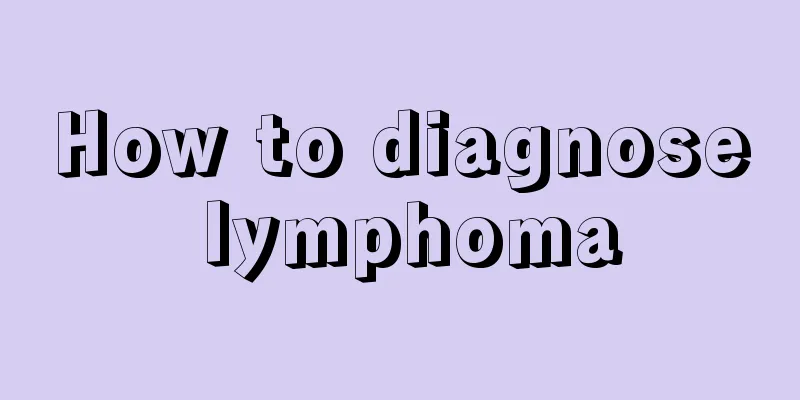Is 1C stage III ovarian cancer considered early stage?

|
1C stage III ovarian cancer is not early stage, but late stage ovarian cancer, which requires active treatment and close monitoring. 1C means that the tumor is confined to the ovary or fallopian tube, but with some high-risk features, such as rupture of the tumor surface; stage III means that the cancer cells have spread more widely. The specific situation of the patient needs to be further clarified in combination with the numbers in the stage and the treatment plan. 1. Definition and meaning of 1C stage Stage 1 of ovarian cancer generally refers to lesions confined to the ovaries or fallopian tubes, but 1C is more complex than 1A or 1B. Its classification includes 1C1, 1C2, and 1C3: 1C1: cyst rupture caused by surgical manipulation; 1C2: The tumor has spontaneously ruptured or cancer cells appear in the pelvis before surgery; 1C3: Malignant cells are found in the peritoneal fluid or lavage fluid. These characteristics make stage 1C high-risk and may increase the risk of cancer cell spread. Although it is still a localized tumor, it needs to be combined with treatment to prevent recurrence. 2. Symptoms and development of stage III ovarian cancer Stage III ovarian cancer means that the cancer has spread beyond the pelvis to the abdomen or regional lymph nodes. Stage III is further divided into 3A, 3B, and 3C, depending on the extent and location of the spread. 3A: microscopic lesions in the peritoneum; 3B: The mass is less than 2 cm in diameter; 3C: The mass is larger than 2 cm in diameter or involves the surface of the liver. The prognosis for stage III patients is worse than that for stage 1 patients, but there is still a greater possibility of control and relief through treatments such as surgical resection of the tumor combined with chemotherapy. 3. Treatment recommendations and management Surgical treatment: including tumor resection and tumor reduction surgery, the purpose is to remove visible lesions as much as possible and improve the effect of subsequent treatment; Chemotherapy: mainly uses a combination of platinum such as cisplatin or carboplatin combined with paclitaxel to help kill residual cancer cells; Targeted therapy: For specific patients, such as those with BRCA gene mutations, PARP inhibitors such as Olaparib may be considered to delay disease recurrence. 4. Life management and regular review Maintaining a healthy diet, proper exercise and good sleep are the basis for patients' recovery. Reexamination based on the doctor's advice, including serum CA125 testing, imaging examinations, etc., helps monitor the treatment effect and changes in the condition. Supportive treatments such as psychological counseling are also very important in the later stages of treatment. Stage 1C is clearly a late stage of ovarian cancer, and a treatment plan must be developed as early as possible through multidisciplinary collaboration, with emphasis on long-term disease management and an optimistic attitude to fight the disease. |
<<: How long can a person with malignant melanoma of the nose usually live
>>: There are several causes of ovarian cancer
Recommend
Things to note when growing eyelashes
Everyone wants to have a good face so that they c...
How to treat external hyperactivity of false yang
The term "excessive outflow of false yang&qu...
External treatment of colorectal cancer with traditional Chinese medicine
Colorectal cancer has a high incidence rate in my...
Can adults use the children's fever-reducing patch?
Colds and fevers are common diseases. If the feve...
Treatment of gallbladder cancer causes fetal malformation
I believe many people have heard of gallbladder c...
Scrotal redness, swelling and stinging
The male scrotum is like the female vulva, which ...
Ranking of hospitals treating pancreatic cancer
The treatment of pancreatic cancer has always bee...
It is important to correct the harm of hunchback in time!
We see that many people have hunchbacks. Frequent...
What should I do if my fingers are swollen and painful?
The health of fingers has a great impact on peopl...
How to save yourself when drowning?
The summer heat is unbearable, and many people st...
How to sleep and chew with a chin tilted to the left
In our lives, many people are used to chewing foo...
Why does my left chest hurt?
If the left chest hurts, it is very likely a symp...
What are the correct treatments for skin cancer?
Skin cancer is a malignant tumor disease that is ...
What is the reason for acne on both sides of the narrow face
Traditional Chinese medicine believes that the hu...
What are the benefits of drinking oolong tea regularly?
The seven necessities of life are tea, rice, oil,...









